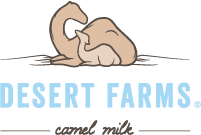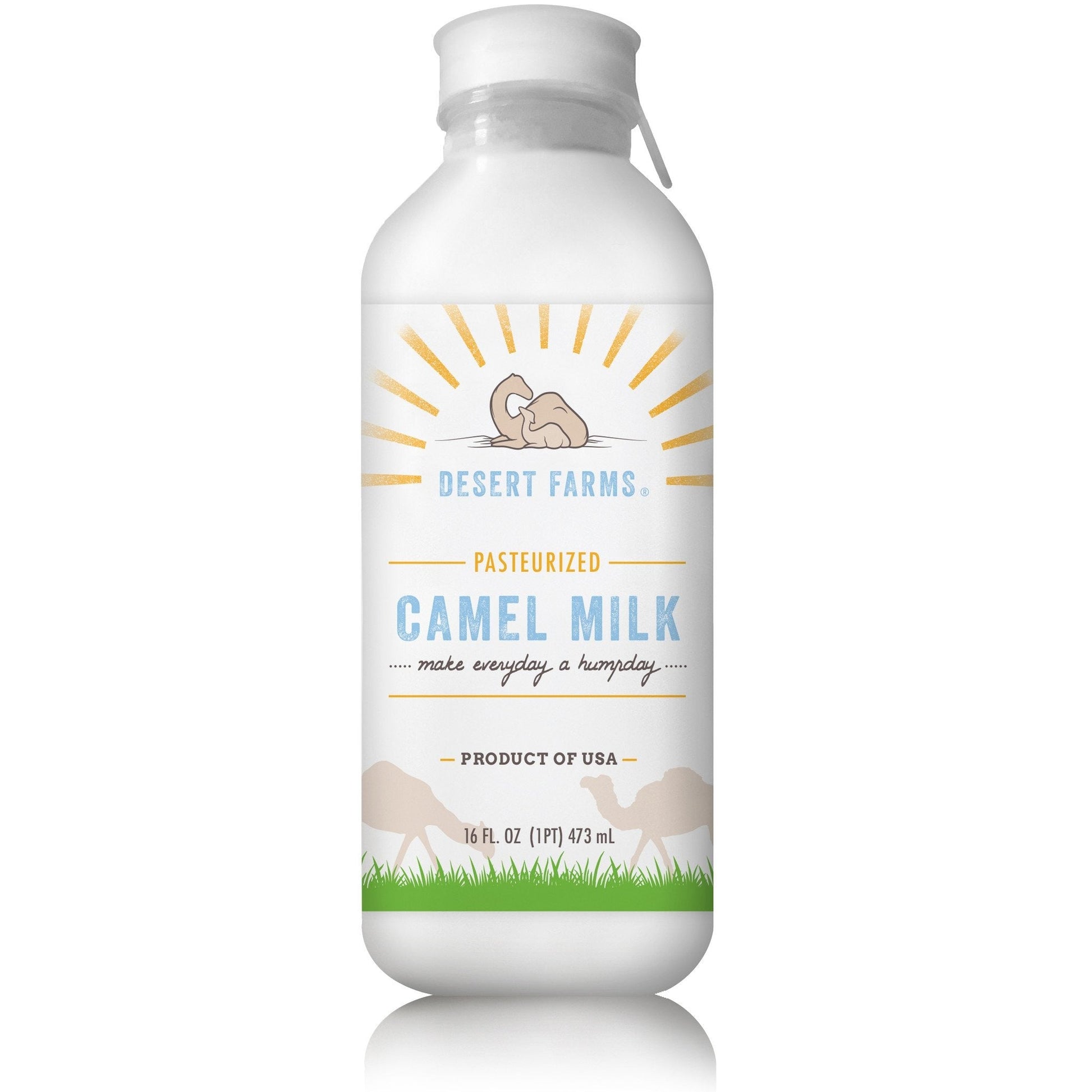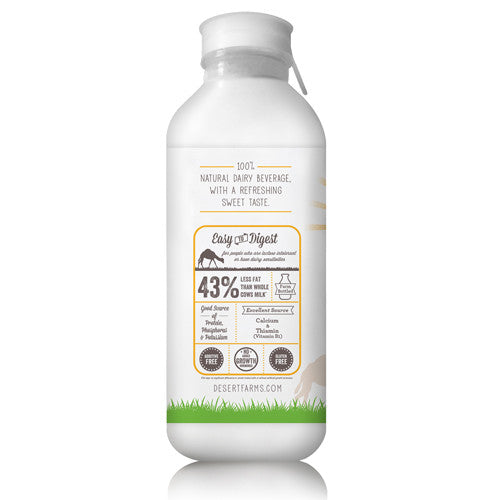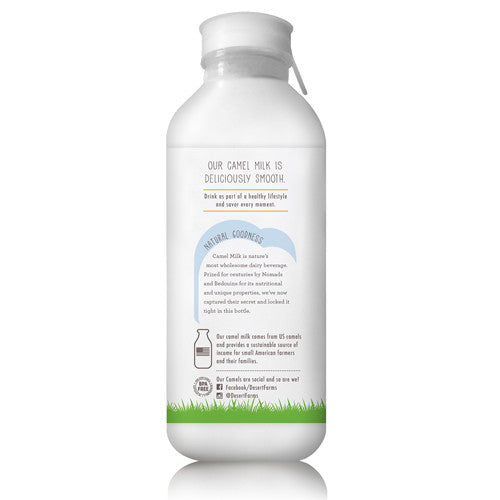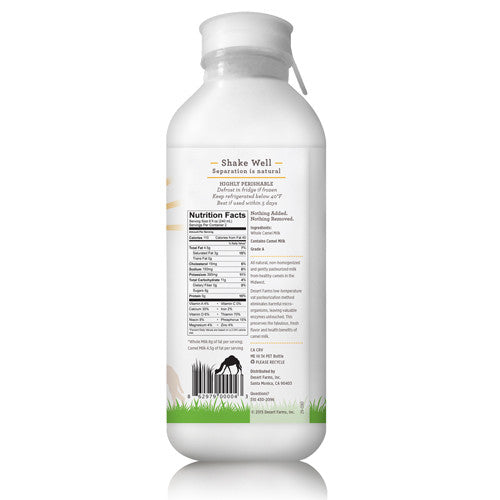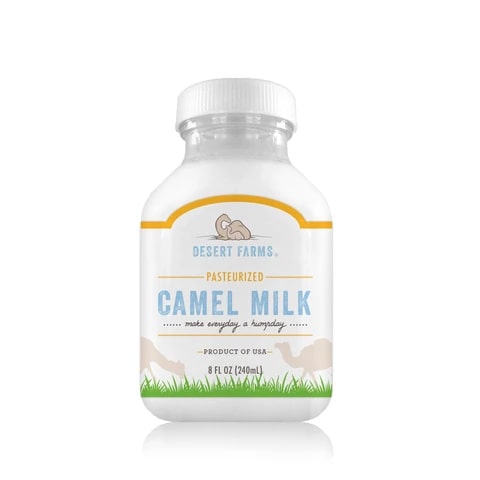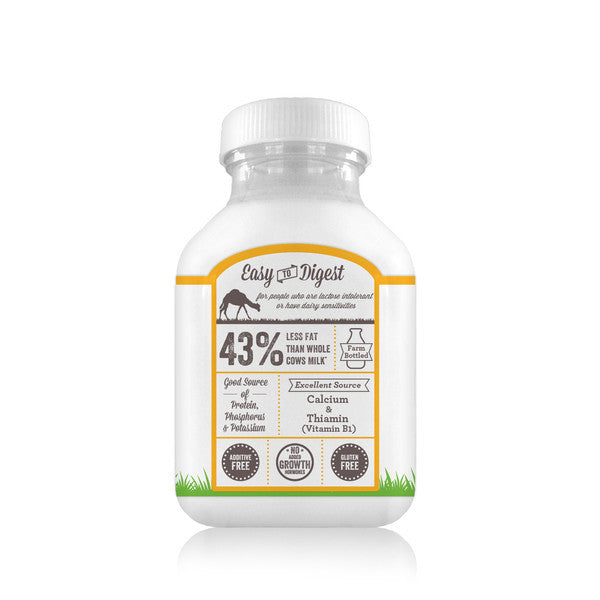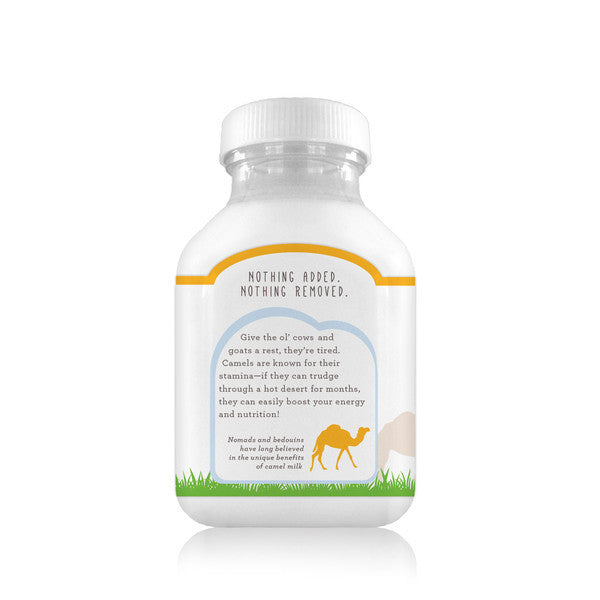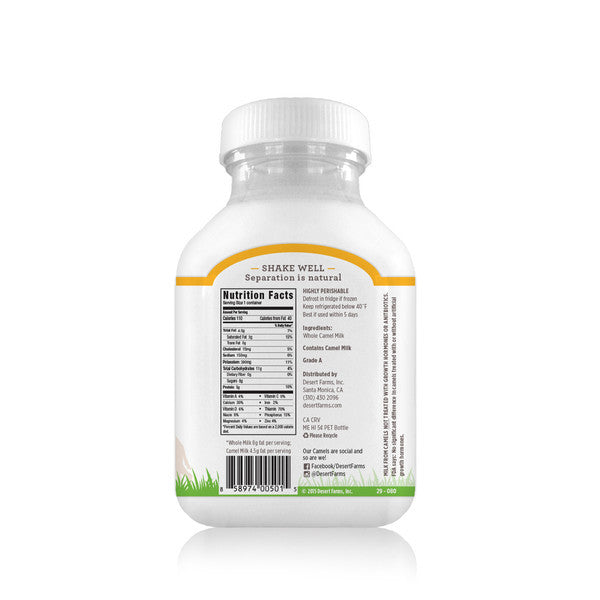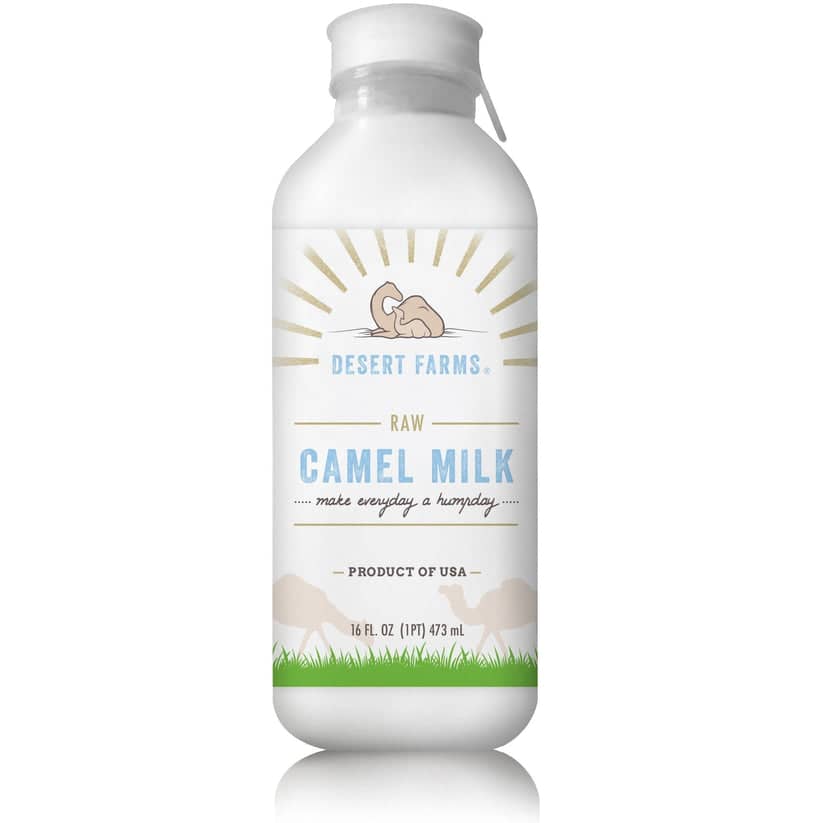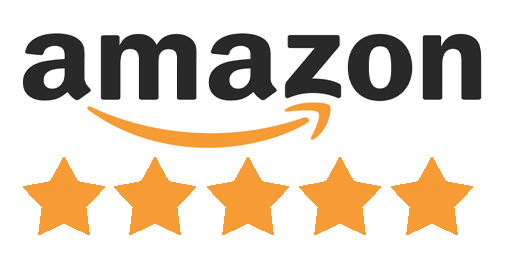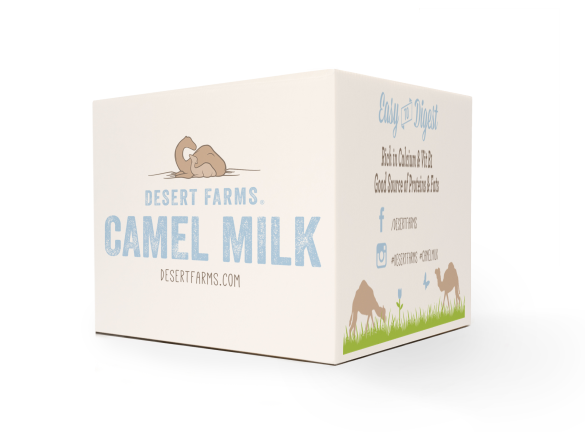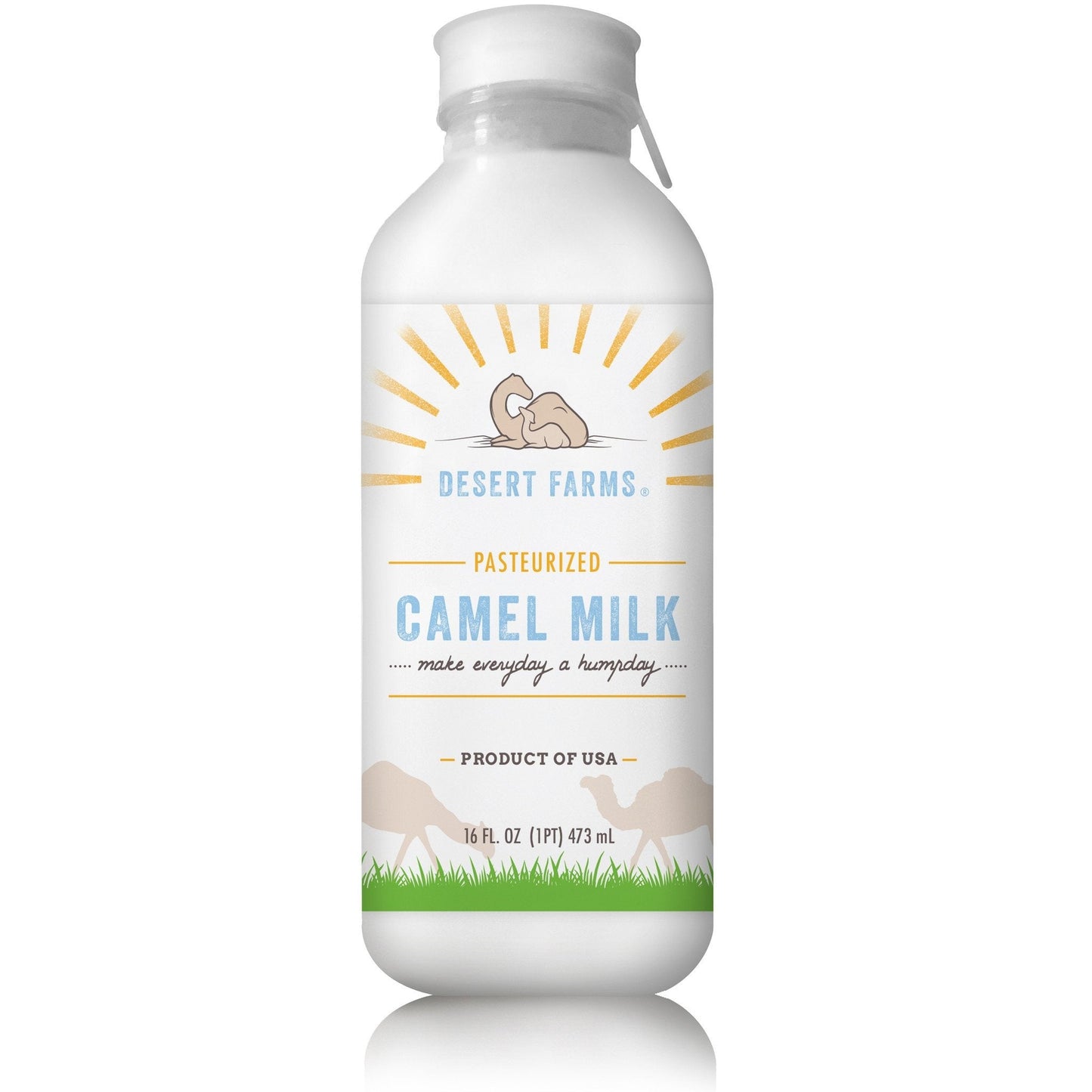
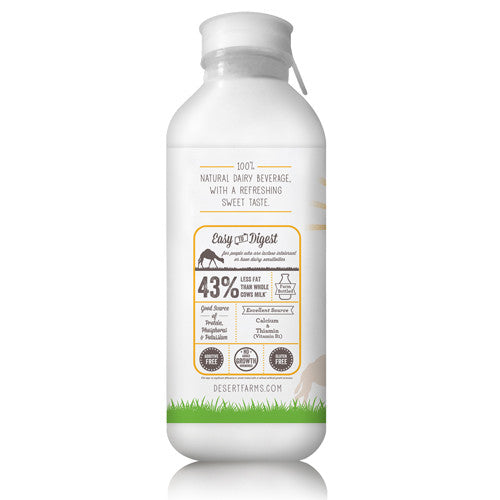
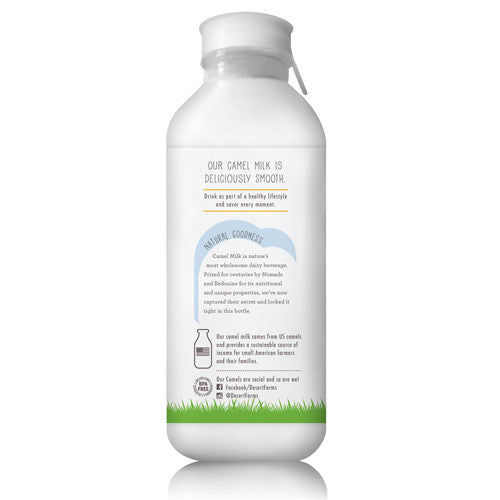
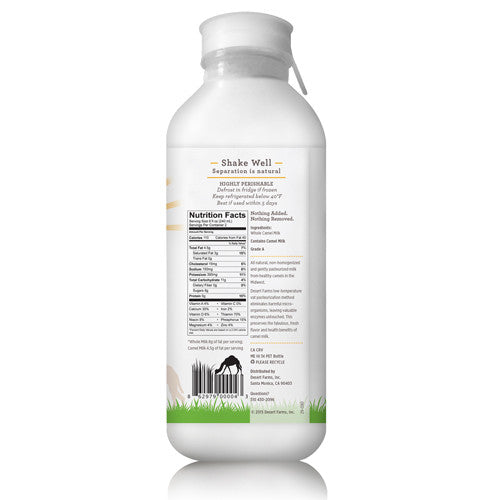
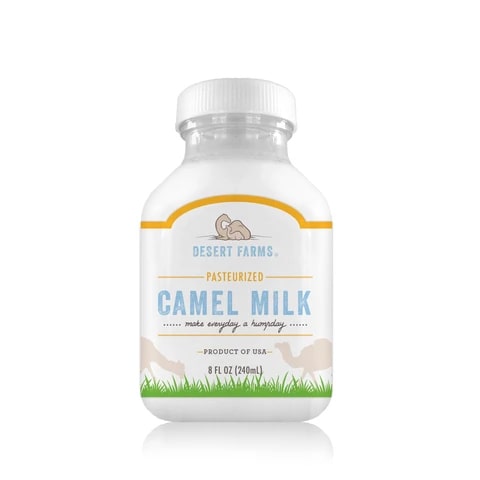

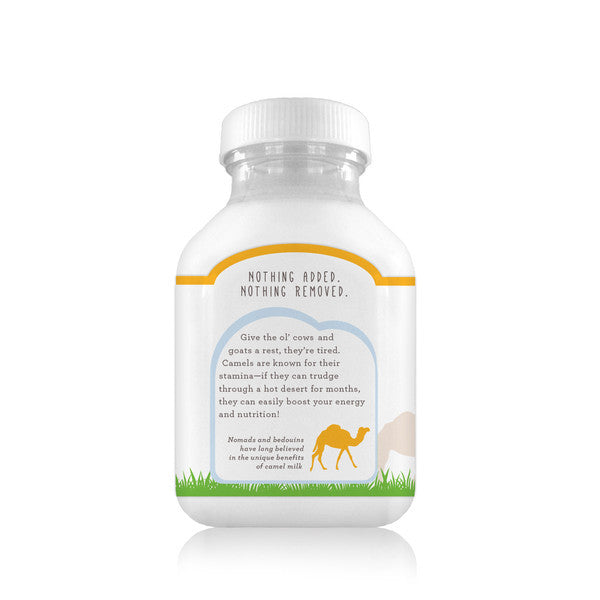
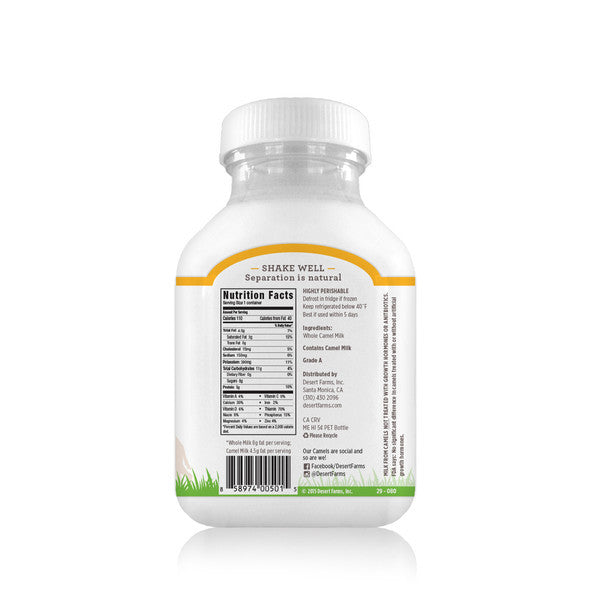
Trusted by leading Drs. & Immunologist

#1 Rated Health Podcast Creator of Bulletproof Coffee
"Colostrum-like" properties, Desert Farms - camel milk is the most biologically active dairy with several powerful immune building molecules such as lactoferrins, immunoglobulins, anti-oxidants, vitamins and bio-identical IgF-1. A perfect way to stay Bulletproof” "

Director of Nutrition for the NBA Team, LA Lakers
"With the exception of breastmilk, I recommend camel milk for my patients because I believe its packed with good nutrition and better tolerated then other milks in the market"

NYT Best Seller, Voted Top 100 Health & Fitness Expert
"Sourcing the highest caliber nutrition available is my top priority in caring for my family, my clients, and of course myself as a competitive athlete. The Camel Milk from Desert Farms is a staple in that diet for all of us. Camel Milk is truly one of the finest sources of protein, probiotics, and 'good fats' available anywhere."

What The Experts Are Saying
Over 1 million Bottles sold
Excellent (2, 500+ Reviews)


"I've recently read a lot about camel milk but wasn't sure what to expect. I was pleasantly surprised by both the taste and how easy it was for me to digest. I will definitely order again. Thanks!


"Camel milk is not just beneficial for children. Adults with immune and digestive system issues can benefit as well from the health promoting effects. The non reactive peptides of camel milk make it a great alternative for adults who are struggling with cow milk sensitivities and allergy."


"I go straight to nature's perfectly packaged protein source in the most bioavailable form known to humankind: camel's milk. I do it, and I highly recommend it for enhancing recovery speed, muscle growth, gut function and much more!"
Reviews
FAQ
Camels don’t give lots of milk, but what they do give is precious. They only give milk when they have a baby and lactation lasts from 10 months to over a year.
